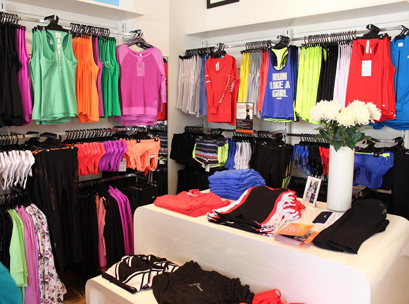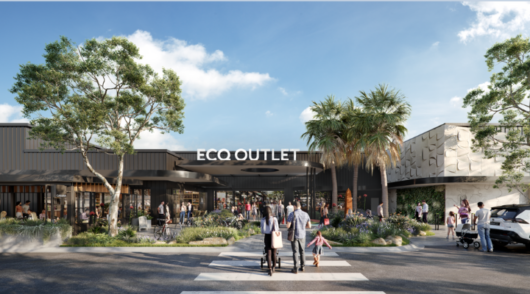 With an estimated 64.5 per cent of the Australian population currently overweight or obese, a range of industries are tipped to benefit from a greater focus on fitness and healthy lifestyles over the next five years, says IbisWorld.
With an estimated 64.5 per cent of the Australian population currently overweight or obese, a range of industries are tipped to benefit from a greater focus on fitness and healthy lifestyles over the next five years, says IbisWorld.
Online sporting apparel retailers, fitness and athletic clothing stores, personal trainers, and domestic appliance retailers are all set to benefit from increases in the sport participation rate and the health consciousness index. These industries can expect revenue growth of between 8.2 per cent and 63.3 per cent over the next five years.
IbisWorld anticipates a less rosy outlook for the gyms and fitness centres industry, forecasting a revenue decline of 2.2 per cent over the period mainly due to fierce price competition sapping revenue.
According to IbisWorld research, the sport participation rate is forecast to grow by 0.2 percentage points over the five years through 2019-20, to 65.7 per cent of the Australian population.
The health consciousness index, which represents Australians’ receptiveness to healthy lifestyles by measuring the consumption of alcohol, tobacco, fats and vegetables, and the level of exercise, is forecast to grow by 6.2 per cent over the same period.
IbisWorld has identified social media use, by professional and amateur fitness models and personal trainers, as a contributing factor in encouraging consumers to engage in exercise and sport. Fitness related industries will continue to take advantage of social media platforms such as Instagram and Facebook to market their products directly to consumers.
Lauren Magner, IbisWorld senior industry analyst, said fashion trends and well known social media personalities that focus on fitness are inspiring Australians, particularly young females, to purchase a range of products and services including personal training, online fitness guides, electronic devices and apps, and fashionable sportswear.
Online sporting apparel
Online sporting apparel retailers are expected to benefit from the popularity of online shopping and the growing trend towards wearing activewear as streetwear, with revenue forecast to surge by 63.3 per cent over the next five years.
The diverse range of sportswear and athletic shoes available online and the ability to shop for these products via tablets and smartphones will further fuel demand for this industry.
“Consumers have become increasingly price conscious, but still want high quality functional and fashionable sports clothing. As online stores typically have lower overhead costs than their bricks and mortar counterparts, online sporting apparel retailers have been able to offer consumers more competitive prices,” Magner said.
Fitness and athletic clothing stores
Despite losing market share to online retailers, fitness and athletic clothing stores are still expected to post significant growth over the five years through 2019-20, with revenue forecast to rise by 21.2 per cent.
Demand for premium, high quality sportswear that is fashionable yet functional is expected to rise. In response, clothing retailers will introduce more performance-based products that promote benefits such a moisture wicking, breathability, comfort, fit, and flexibility. The growing popularity of fitness classes such as yoga and Pilates has led to strong demand for sports clothing that caters specifically to these activities.
“Sportswear is no longer confined to the gym or sporting field. Consumers are becoming increasingly comfortable wearing gym clothing and footwear outside of exercising,” Magner said.
Lorna Jane and Lululemon Athletica have been particularly successful in targeting a young female market with their high quality, on trend sporting apparel.
Domestic appliance retailing
“As technology becomes a more integral part of everyday life, consumers are increasingly turning to smartphone apps, smart watches and other consumer electronic goods designed to monitor physical activity and ultimately improve fitness,” Magner said.
Sales of activity tracking devices – such as Fitbit, which is worn on the wrist – are aiding other areas of the economy. The use of such devices to improve health and fitness is expected to support domestic appliance retailers that stock consumer electronics, such as JB Hi-Fi and Harvey Norman.
While these devices only make up a small proportion of sales at these stores, they illustrate the broad spectrum of retailers and service providers that are benefiting from increased spending on fitness.






